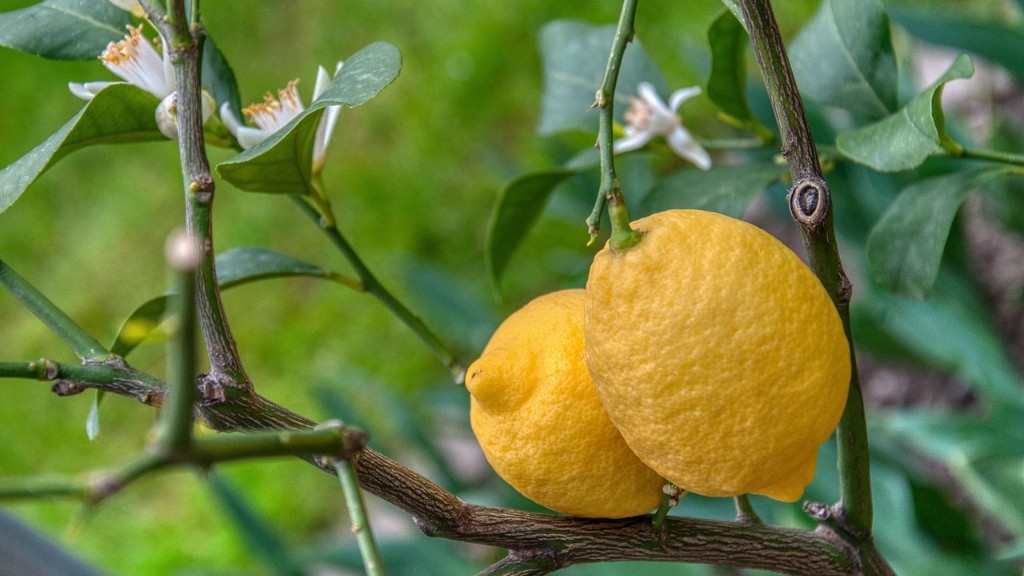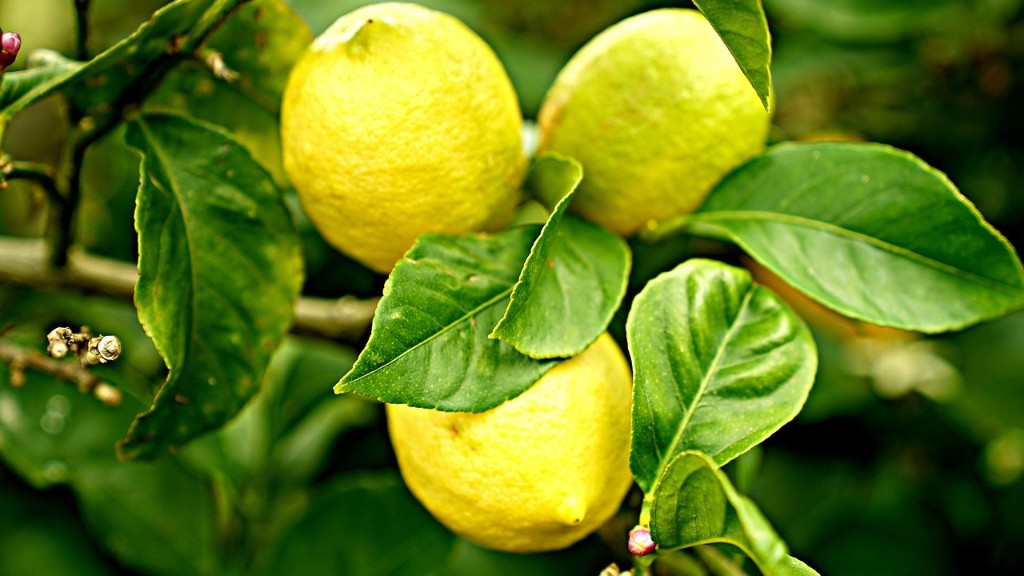Introduction:
Removing a large palm tree stump can seem daunting, but it can be done relatively easily with the right knowledge and tools. It is important to understand the process and the tools available as this type of work can be dangerous. This article provides a look at the process of removing a large palm tree stump and the tools needed to do so and provides some insight into the risks and potential damage involved.
Tools of the Trade:
Removing a large palm tree stump requires the right tools and equipment. This can include a chainsaw, a reciprocating saw, a stump grinder, and sometimes a jackhammer. The chainsaw and reciprocating saw can be used to cut the trunk of the tree all the way down to the ground, while the stump grinder is used to grind out the remaining tree stump. The jackhammer may be necessary for removal, depending on the size of the tree and the hardness of the ground. It is important to wear the necessary safety equipment when using any of these tools, including goggles, gloves, and hearing protection.
Preparation:
Before beginning the process of removing the large palm tree, it is important to take a few steps to ensure safety and prevent damage. First, ensure that there are no power lines or other obstacles in the vicinity of the tree. Then, trim any branches that may be in the way, and clear away any debris or loose dirt in the vicinity of the stump. Finally, it is important to assess the size and weight of the trunk, so that the appropriate tools and personnel can be used for the job.
Digging Out the Stump:
Once the area is prepared, the next step is to dig out the tree stump. This can be done manually with a shovel and pick, or with an excavator if the tree stump is particularly large or difficult to access. It is important to dig out as much of the tree stump as possible, so that the remaining tree roots can be seen and accessed.
Cutting the Stump:
After the tree stump has been dug out, the next step is to cut it off as close to the ground as possible. This is where the chainsaw and reciprocating saw come into play. When using these tools, it is important to make sure that the workers are wearing the proper safety gear and that the chainsaw is sharp and up to date. It is also important to never lay any equipment on the ground while cutting it, as this could cause damage to the tree or the surrounding area.
Grinding Out the Stump:
Once the tree stump is cut off close to the ground, the next step is to use a stump grinder to grind out the remaining tree roots. This is done using a large rotating blade that slowly grinds away at the tree stump, leaving a hole in the ground. This process can be dangerous, and so it is important that workers are fully aware of the risks and are wearing the necessary safety equipment.
Cleaning Up the Area:
Once the tree stump has been successfully removed, it is important to clean up the area. This can involve removing any debris or dirt, filling in the hole with soil, and picking up any pieces of wood that may have been left behind. It is also important to dispose of the tree stump in an appropriate manner, either through composting or burning.
Additional sections: Section 1 – Safety Considerations
Safety First:
Removing a large palm tree stump safely is of the utmost importance. As such, it is essential to take the necessary safety precautions while working on the stump. This includes wearing eye and hearing protection, as well as any other necessary protective gear. It is also important to make sure that the tools being used are up to date and in good condition, and that the workers are experienced and well-versed in using the tools.
Potential Risks:
It is important to understand the potential risks involved when removing a large palm tree stump. This includes the possibility of kickback from the chainsaw or reciprocating saw, as well as the danger of flying debris when using the stump grinder. Additionally, working with electricity can be dangerous, and so it is important to take the necessary precautions to prevent any accidents or injuries.
Ground Stability:
When removing a large palm tree stump, it is important to consider the stability of the surrounding ground. This is particularly important when working with an excavator, as the large blades can cause a lot of damage to the surrounding area. If the ground is not stable, then the team should take steps to shore up the area before starting work, such as laying down metal plates or filling in any subsidence.
Section 2 – Cost and Time Considerations
Time:
Removing a large palm tree stump can take a significant amount of time, depending on the size and age of the tree. It is important to factor in the time that it will take to prepare the area, as well as the time it will take to dig and cut the tree down and grind it out. Depending on the size and complexity of the job, it may be necessary to hire a professional crew to complete the job in a safe and timely manner.
Cost:
The cost of removing a large palm tree stump can vary significantly depending on the size of the tree and the complexity of the job. The cost can range anywhere from a few hundred dollars to several thousand, depending on the size of the job. If hiring a professional crew, it is important to get estimates from a few different companies, so that the team can compare prices and make the best decision for their budget.
Availability of Supplies:
When removing a large palm tree stump, it is important to consider the availability of the necessary supplies, such as chainsaws, grinders, and excavators. If the necessary items cannot be purchased or rented easily, then the team will need to make other arrangements to complete the job. This could involve purchasing the necessary items, or finding a company that rents out the items on a regular basis.
Section 3 – Best Practices
Proper Care and Maintenance:
When removing a large palm tree stump, it is important to ensure that the tools and equipment are properly cared for and maintained. This means making sure that the chainsaw and reciprocating saw blades are sharp and in good condition, as well as oiling all of the equipment regularly. Additionally, it is important to make sure that the jackhammer is regularly serviced and inspected.
Rest of the Tree:
When removing a large palm tree stump, it is important to consider what will happen to the rest of the tree after the stump has been removed. If the tree is in a park or other public area, then it may be necessary to hire a professional arborist to take care of the tree in order to ensure that it is properly cared for. If the tree is in a private location, then the tree can be left alone after the stump has been removed.
Consulting an Expert:
If the team is unsure of how to approach the job or is uncomfortable with certain aspects of the work, then it is best to consult an expert. This can be done through consulting a professional arborist or tree removal specialist. It is important to make sure that the person consulted is experienced and knowledgeable in the field in order to ensure that the job is done properly and safely.
Section 4 – Sustainable Strategies
Composting:
After a large palm tree stump has been removed, it is important to consider what to do with the leftover wood chips. Many people choose to compost the wood chips, as this is a cost-effective and sustainable way to dispose of the material. Composting the wood chips helps to reduce the volume of waste that goes into landfills and also helps to enhance the soil.
Replacement Trees:
If the large palm tree stump is being removed due to age or damage, it may be a good idea to consider replacing the tree with a new one. Not only does this help to maintain the aesthetics of the area, but it also helps to improve the environment by increasing the amount of oxygen in the atmosphere and providing an additional habitat for birds and other wildlife.
Alternatives to Removal:
In some cases, it may be possible to avoid removing a large palm tree all together. If the tree is still healthy and strong, then instead of removing it, the team may consider trimming, pruning, or even transplanting the tree instead. Transplanting the tree is particularly beneficial, as it helps to preserve the environment and increases the likelihood of the tree surviving for a longer period of time.





